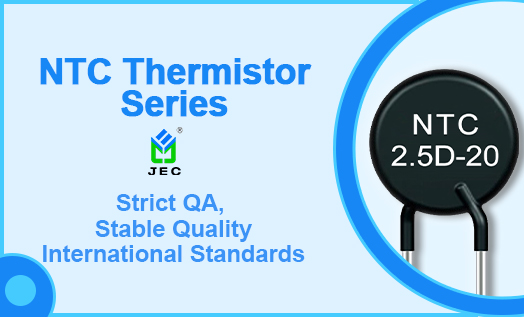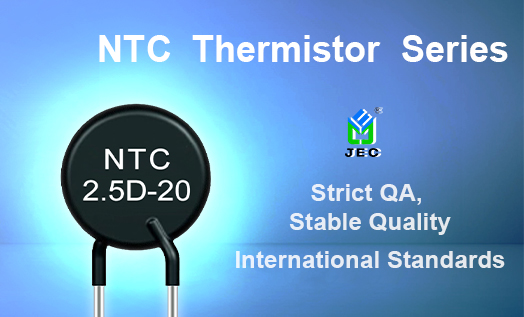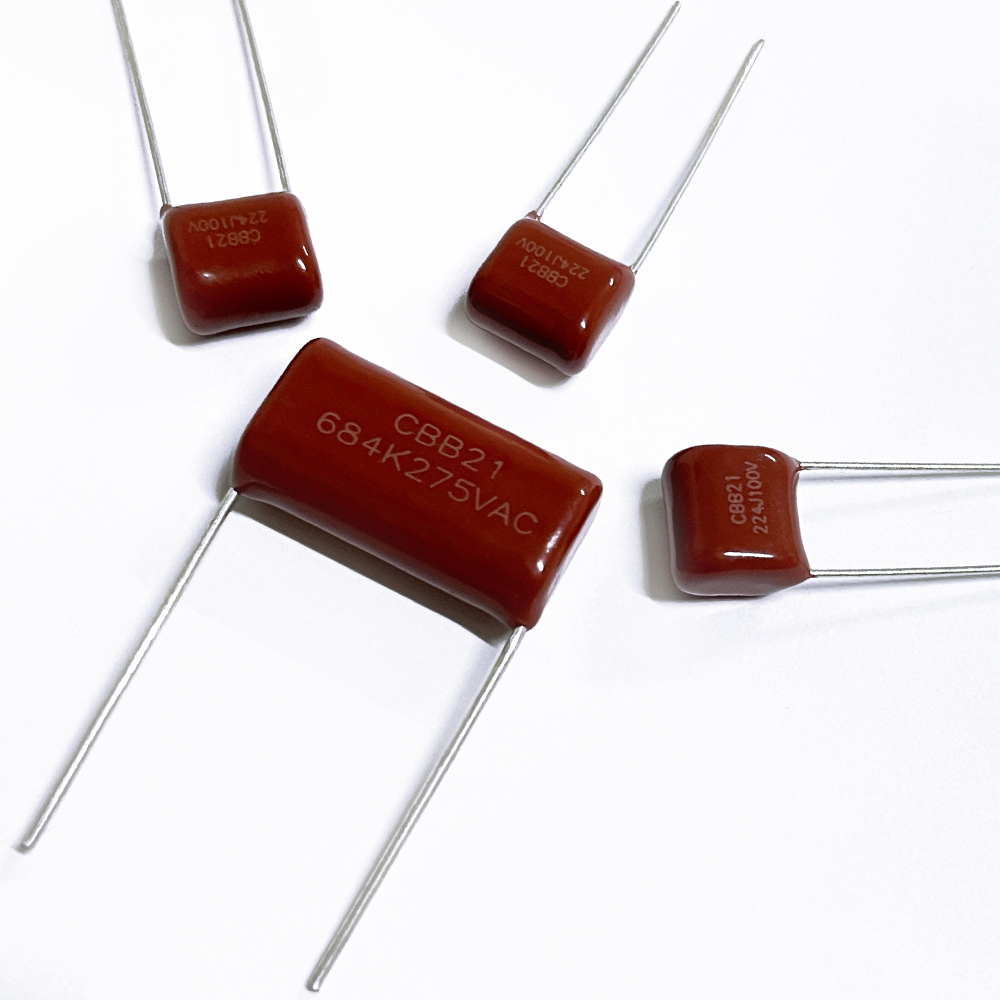Dec. 26, 2023
Supercapacitors are advanced, environmentally friendly energy storage devices positioned between traditional capacitors and energy storage batteries. They possess not only the discharge power of traditional capacitors but also the charge storage capacity of chemical batteries.
One distinctive feature of supercapacitors is that no chemical reaction occurs during the energy storage process. This reaction is reversible, allowing for repetitive charging and discharging hundreds of thousands of times, resulting in a much longer lifespan compared to batteries providing similar energy storage. Supercapacitors also charge rapidly, reaching 90% of their rated capacity within 10 seconds to 10 minutes, which is significantly faster than the hours it takes for batteries to charge just over 10%.
Although the capacitance of supercapacitors far exceeds that of other capacitors, it still falls short compared to batteries, akin to a large river versus a small stream. Therefore, electronic devices such as remote controls, flashlights, electronic toys, etc., typically use batteries as their power source.
In electronic circuits, individual electronic components are not isolated but rather interconnected to form a circuit, ensuring the normal operation of electronic products by providing energy. Series and parallel connections are two fundamental ways components are linked in circuits.
Series connection involves connecting multiple components or devices in a specific sequence, forming an integrated or continuous chain-like structure. In a series circuit, current flows through each component or device in sequence, with voltage increasing incrementally.
Parallel connection involves connecting two or more components or devices side by side, with their ends connected simultaneously. In a parallel circuit, the voltage across each component or device is equal, while the current may vary.
Series connection of supercapacitors increases the voltage of the capacitors, making them suitable for applications requiring high voltage. Additionally, series connection balances the current flow among individual capacitors, reducing current imbalances.
Parallel connection of supercapacitors increases the overall capacitance, making them suitable for applications requiring large energy storage capacity. Moreover, parallel connection balances the voltage across individual capacitors, reducing voltage imbalances.
Both series and parallel connections of supercapacitors have their advantages. The choice of the appropriate connection depends on specific application scenarios and requirements to fully leverage their benefits.
This article is provided by JYH HSU Electronics, a manufacturer of electronic components such as capacitors and resistors.

Application of NTC Thermistor in Industry
Dec. 26, 2023

Working Mode of Thermistor in the Motor
Dec. 26, 2023

Causes of Filter Film Capacitor Failures
Dec. 26, 2023
+86 181 2299 5593
+86 18122995593
+86 769 8831 3605
Beside Luchong Bridge, Hou Road, Caibai Village, Daojiao Town, Dongguan, Guangdong, China
Navigation